When you think of wine and South America, Bolivia doesn’t immediately spring to mind.
The country isn’t exactly famed for its wining and dining expertise – unless you head to Tarija, a small, relatively unknown city in the south of the country that is home to the vast majority of Bolivia’s vineyards.
And at an altitude of 6,000 feet, it’s also where some of the world’s highest wine comes from.
Read more: My Ultimate Travel Guide to Backpacking Bolivia
Tarija is a gorgeous little town. With two central plazas, a wonderfully warm climate, palm trees dotted along each street and the sense that not many tourists pass through here, there’s every reason to visit.
The bizarre thing, though, is this: for a place renowned for its wine, Tarija makes it exceedingly difficult to actually drink the stuff.
First off, Tarija strictly adheres to the concept of the siesta. For three hours each afternoon, silence reins: every shop is shuttered, softly padding dogs are the only creatures frequenting the pavements, and the whole city falls into a hush of sleepy stasis. Not exactly the best way for two tourists to spend their first day in Tarija.
Secondly, there’s a strange lack of access to Tarija’s famous wines. Despite the main offices of various local vineyards all being located in the centre of town, and all happily selling their products, barely any restaurant, cafe or bar actually has these same wines in stock.
We had numerous interchanges with Bolivians about our inability to sample Tarija’s wine in a way that, we thought, was pretty undemanding.
But it turns out that sitting in a plaza at late afternoon and sharing a bottle is simply not the done thing.
Day one: trying (and failing) to drink Tarija’s wine
After siesta time was over, we approached a promising-looking cafe and sat at an outside table. The appearance of the waitress with a sizeable wine list only made us more certain that we’d be enjoying a delicious bottle of local wine within a matter of minutes.
Sadly, this was not to be the case.
Of the forty two wines listed in their menu, the waitress informed us that they only actually had two in stock; the vino tinto and the vino clasico – both table wines, and the cheapest two offerings imaginable. Apparently the produce of the numerous nearby vineyards isn’t popular enough to warrant being stocked – despite Tarija branding itself as the home of Bolivian wine.
We left this cafe, headed to another, and another – and faced the same situation in every place. A fruitless afternoon followed, of running fingers down the wine lists of about twenty different menus, only to see the same two wines in stock, until I ended up in a tour agency, hurling questions in rapid Spanish at the startled woman on the tour desk.
“We just want to try some wine!” I kept saying. “Tarija is the home of Bolivian wine! Why doesn’t anybody want to let us drink some?!”
By the time we arrived at La Vinoteca, we’d admitted defeat. It’s the only place in the city to actually offer wine samples, and all we wanted to do was buy a bottle and drink it on their upstairs terrace – but samples were the only option.
Luckily, the city of Tarija isn’t the only place to drink wine. In fact, the vineyards and the small pueblos in the surrounding countryside are reputed to be where the wine is much more freely flowing – so we set out to Concepcion for the day, in the hope of finally getting stuck into the Bolivian wine scene.
Day two: a visit to Casa Vieja, Concepcion
Visiting the pueblo of Valle de la Concepcion was already on our agenda, but the recommendation for lunch at Casa Vieja came from the woman running our hotel.
“It’s the best place for lunch in the whole area,” she told us. “Wonderful wines, beautiful view and great food for not much money, either!”
We were sold – and the journey to Concepcion was relatively easy by Bolivian standards, too. Hopping out of the shared taxi from Tarija, we wandered around the little pueblo, enjoying the stunning views of the cloud-topped mountains in the distance.
And then we arrived at Casa Vieja, and I started to remember that Bolivia has this uncanny ability to make the easiest of situations the most complicated.
Dining at Casa Vieja: a breakdown
1. We enter a small, shaded courtyard, spot a quaint-looking wooden sign stating ‘ristorante’ and head through the doorway. Inside, a rather grumpy woman sits at a counter. We ask her for a menu. There isn’t one. Instead, the previously unseen whiteboard outside displays the only food on offer, but it all sounds tasty so we decide to stay. Even though I ask what ‘saice‘ is, and the woman tells me it’s ‘comida‘. Cheers for the food clarification, lady…
2. We ask the grumpy woman about what wines she has on offer. “Sweet, semi-sweet and sharp.” We try again – any specific type? A particular vineyard? Nothing – just the same answer, with zero eye contact or seeming consideration for actually serving her potential customers. We look at each other, and decide to find somewhere else for lunch.
3. Walking through the courtyard again, we spy someone dressed suspiciously like a waiter. We follow him through another doorway, and hidden around a corner is what looks like a mirage: twenty tables filled with people eating huge plates of roast pork, accompanied by big glass jugs of wine. We sit at a table, hail a waiter and ask for food and wine. He looks at us blankly, waves a small receipt and explains that we need to order somewhere else. Around the corner. Where a woman sits at a desk.
It’s the same restaurant.
4. We head back to the woman again, but this time armed with the knowledge that she is our one barrier to delicious wine and a plate filled with pig. We place our food order with little issue, and then say we want a good wine to go with it. She asks which wine we want. We don’t know – whichever is good with the pork dish. Every wine, apparently, is good – it depends on our taste, she says. Still no eye contact. In fact, she says, we need to go and taste test the wine before we’re allowed to order. We’re pointed to another room where a group of twenty teenagers are standing excitedly around three glasses of red wine, while a girl in full, resplendent Bolivian traditional dress talks about vine leaves.
Things are starting to get very stressful.
5. Back with our favourite grumpy woman, we say repeatedly that we just want a jug of wine with the food – whichever one she thinks is the best. Then begins the issue of what size jug we’d like. By this point a Bolivian tour guide with another group has come over to help us, as we’re clearly struggling. With her help, the grumpy woman fetches a glass of the semi-sweet wine for us to try. It’s way too sweet. A pointed look from the guide makes her get a second glass, this time of the sharp wine. Unsurprisingly, it’s super sharp.
Feeling like we’ve inadvertently become part of a Bolivian Goldilocks story, we explain that neither one is right. Grumpy woman takes a third, empty glass, and promptly pours both types of wine inside. Our shocked faces turn to surprise when the resulting mixed taste is, actually, much more palatable.
That’s what they do with artisan wine, explains the guide.
6. Our relief at leaving the grumpy woman for the third time, now brandishing two receipts for wine and food, is palpable. We sit at a table overlooking the mountains, eat freshly roasted pork with our fingers, and drink copious glasses of mixed up, locally produced red wine, while a group of musicians play rousing tunes at the next table.
Day three: visiting the vineyards of Campos de Solana
Buoyed by our eventual successes in wine drinking, we decided to spend the next day visiting a couple of vineyards nearby – but not with the suggested tour group route. Usually, going independently is the preferred option when travelling, as organised tours and package deals often leave little room for a sense of independence and adventure.
So while there were wine tasting tours offered at various vineyards in the countryside surrounding Tarija, Josh and I felt it would be more than ok to simply visit the vineyards by ourselves.
In hindsight, however, it was definitely not the most sensible thing to have done.
It wasn’t a blind decision, of course. We visited the Tarija-based offices of the main wine companies and enquired about the likelihood of getting an impromptu tour if we just turned up. Campos de Solano, one of our most preferred wines, readily approved of the idea, saying that there were free tours of the vineyards offered to anyone who went there. So we jumped in a taxi, explained that we wanted to hire it for a few hours and stop at a few vineyards, and we were off.
Arriving at Campos de Solana to a locked door, our vineyard tour was comprised of a quick glance at a room filled with metal vats, a few waves to wandering men in Hazmat suits, and a confused conversation with our guide, who made it clear that we couldn’t sample any wines unless we bought the entire bottle first.
And then there was the Casa Real vineyard: the home of Bolivia’s favourite grape-skin spirit, singani. Although we were shown around the bottling plant and managed to taste two different types of the strong, clear liquor, we left the vineyard feeling as if we’d been shortchanged somehow.
It wasn’t all bad, though. On our way back to Tarija we spied a little roadside restaurant and ended up with two plates of soft shell crabs, little silver fish and mountains of fresh corn, while dusty children played with the dogs scavenging for scraps at our feet.
And even without a bottle of local Tarija wine it was still delicious.
Why is Tarija so stingy with their wines?
There’s no doubt that Bolivia still has a way to go in terms of its tourism infrastructure. Once you stray from the gringo trail of La Paz, Sucre, and Potosi, planning even the simplest day can become very complicated.
The question, however, is why the vast majority of Bolivians simply refuse to change their behaviour for the sake of making a better profit. There seems to be no enthusiasm surrounding tourism – something I simply can’t quite understand – plus there’s a complete lack of concern for changing methods that absolutely do not work. People here are just accustomed to it – or go along with it, regardless of the clear impossibilities.
I guess I have a certain level of respect for this. Ok, so there’s a chance that a vast number of tourists aren’t going to put the effort in (I’m talking about those without a good level of Spanish, not to mention those who aren’t willing to constantly bend for Bolivian ways) – but on the other hand, in an age when the vast majority of countries around the world are tweaking and editing their nuances for a better tourist fit, Bolivia simply refuses to do so. And that has to be given some credit.
Either way, Bolivia still has me fascinated. Like my travels in India, there are so many elements of Bolivia that stress me out and totally confuse me – and yet here I am, trying to extend my visa so I can stay for longer, and explore more of it.
And that’s not just because I’m rather keen on their wine selection.

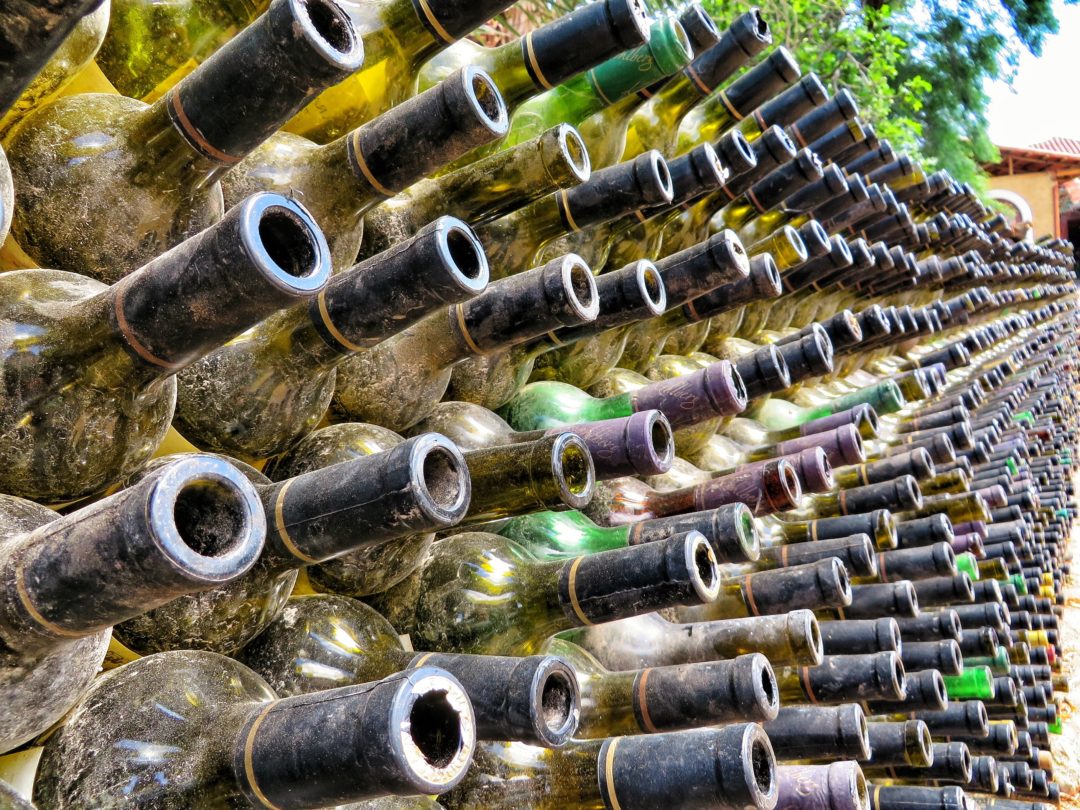
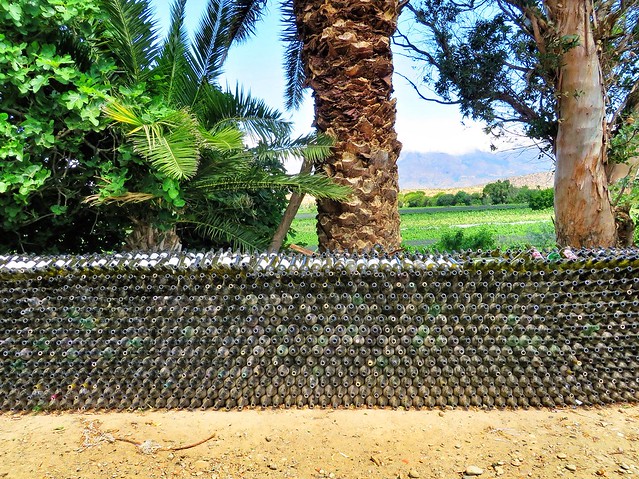
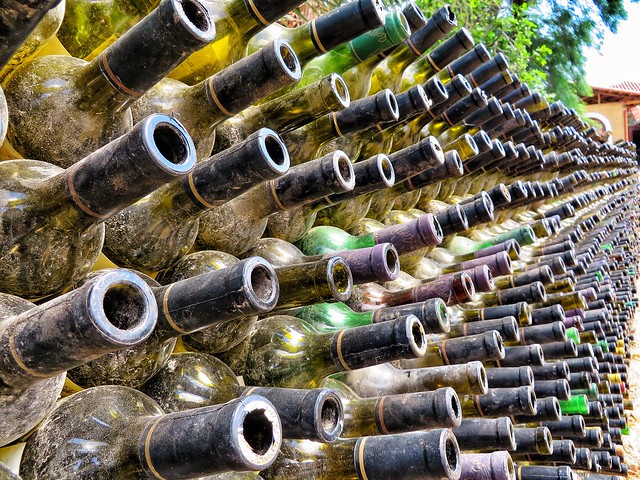
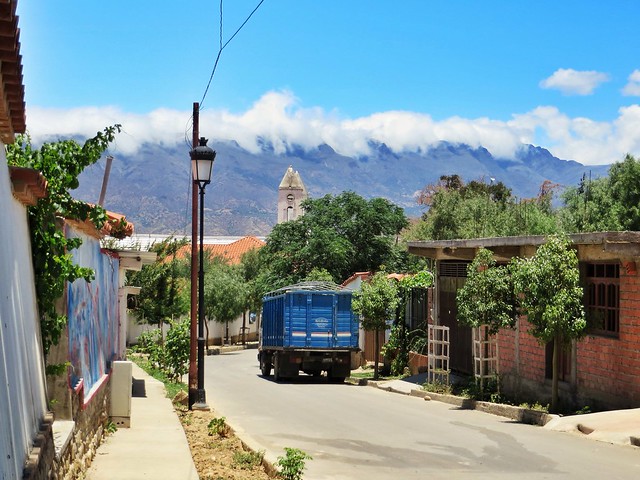



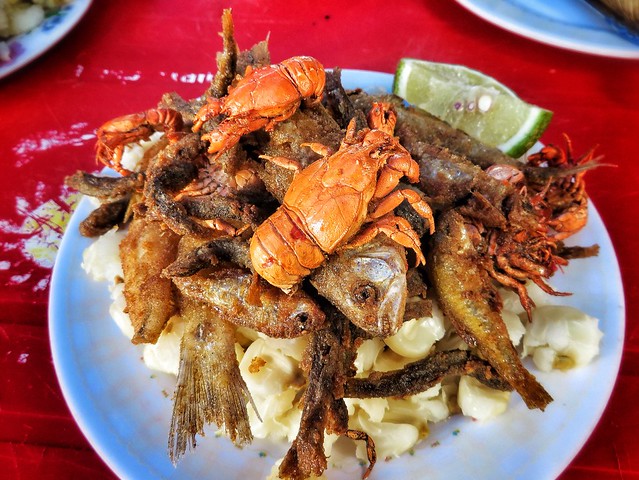
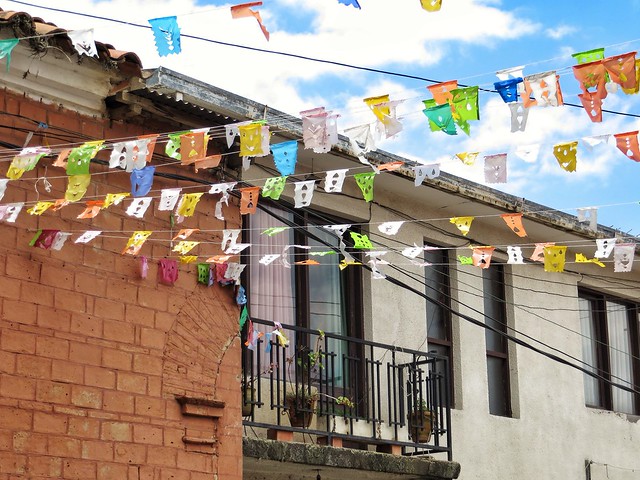
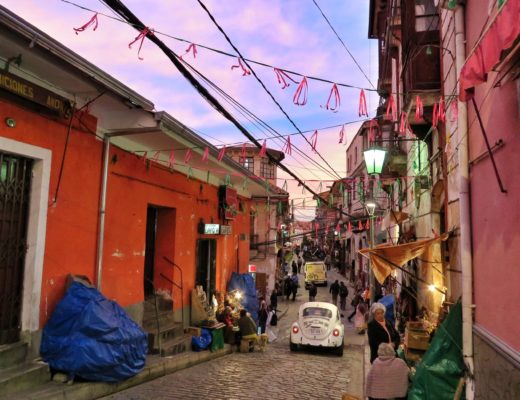
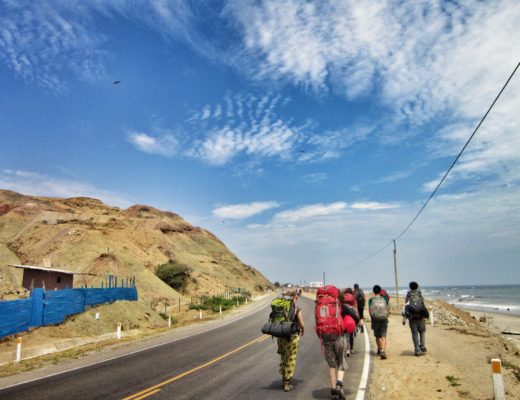
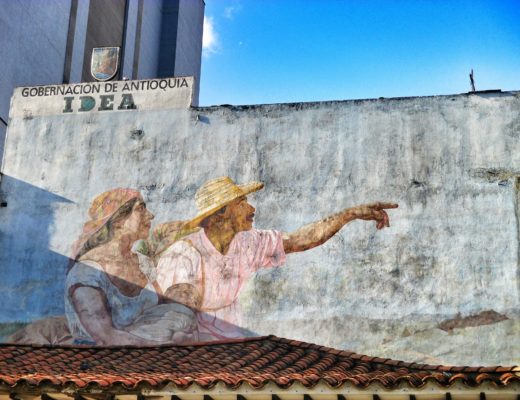
11 Comments
Amanda
December 15, 2013 at 3:12 pmDefinitely a little strange that they don’t have any desire to change things to match tourist demand. I mean, on the one hand this isn’t a bad thing since I’m sure it keeps the place more “authentic.” But, at the same time, tourism can be a huge boost to any local economy, and with the growth in interest in wine tourism recently, this place wouldn’t even have to do very much!
Flora
December 19, 2013 at 4:21 pmIt was a seriously confusing situation! I really wanted to explain just how much tourism they were potentially missing out on, but I feel like Bolivia still hasn’t got to grips with how to best advertise itself for tourists. It’s a shame, but I agree – there’s definitely an element of authenticity that you don’t often find nowadays!
Victoria
December 18, 2013 at 12:18 pmYou keep giving me more reasons to go back to Bolivia!
Flora
December 19, 2013 at 4:20 pm..and this would be the reason why I somehow still haven’t left yet!
Tom @ Waegook Tom
December 22, 2013 at 12:17 pmI’d have been going nuts. This reminds me of the time I visited Znojmo in the Czech Republic, heart of the country’s South Moravian wine region. Shops selling wine were all shut, and all my friend Sarah and me wanted was to sample some. In the end, we trudged back to our guesthouse, and it turns out that they sold wine, so we picked the one with the prettiest bottle (it had a gold lizard on it), went up to the rooftop, and slowly swallowed it down while baking under the summer sun. It was lovely. And nowhere near as stressful as your experience sounds.
I think that grumpy woman would have pushed me to breaking point, especially as my Spanish is….shaky. i.e. I know some words, but forming complete sentences can be difficult. Although I’d have been more than happy with that pork.
As you write, it is bizarre how a town that markets itself as the home of Bolivian wine makes their produce so hard to sample! I can’t figure that out at all. From what you write about its location and aesthetic qualities, I’m sure Tarija could become a popular stop for people travelling around Bolivia.
Naomi
January 7, 2014 at 10:11 amhahaa.. I love the part where you followed the suspicious waiter only to end up with the Grumpy Woman. Again! But it sure looks like a sweet town. Hope to visit some day…
Flora
January 18, 2014 at 11:48 pmIt’s a really lovely town – it just has it’s fair share of Bolivian stresses!
gringoinbolivia
May 31, 2015 at 10:08 pmMy experiences of Tarija were completely different. We had a few troubles with things being shut but that was too be expected. I had absolutely no troubles buying wine at restaurants as well as liquor stores and of course the official outlets. Furthermore it’s significantly cheaper than elsewhere in Bolivia so we could afford to enjoy good quality wine everyday of our holiday.
We visited the vineyards on a tour as we were recommended against visiting solo. Casa Vieja was probably actually the best stop, as they were really generous with their samples. Everyone on the tour was drunk on the way home.
Flora
June 17, 2015 at 10:51 amInteresting – maybe it was the time of year when I was there… Or I just lucked out with choosing all the restaurants which had no wine cellars?!
Gilles
July 31, 2017 at 6:20 amHi Flora,
Thanks for this very interesting post.
I will be heading for Bolivia in September (second trip) and want to discover Tajira & the surrounding area. I am not especially keen on organized tours, as you are, and would rather discover the Bodegas on my own.
Do you know if it’s possible to hire scooters or small motorbikes in Tajira ?
And how much would be a cab if ou hire one for a half day ?
Cheers
Gilles
Flora
August 11, 2017 at 8:56 pmHi Gilles! I would imagine you can probably hire bikes in the area – not sure about motorbikes/scooters, but maybe you can get in touch with a local hostel and ask them before you arrive? I’m afraid I don’t remember how much taxis cost, sorry!
Hope you have a fantastic trip back to Bolivia – I’m quite jealous!